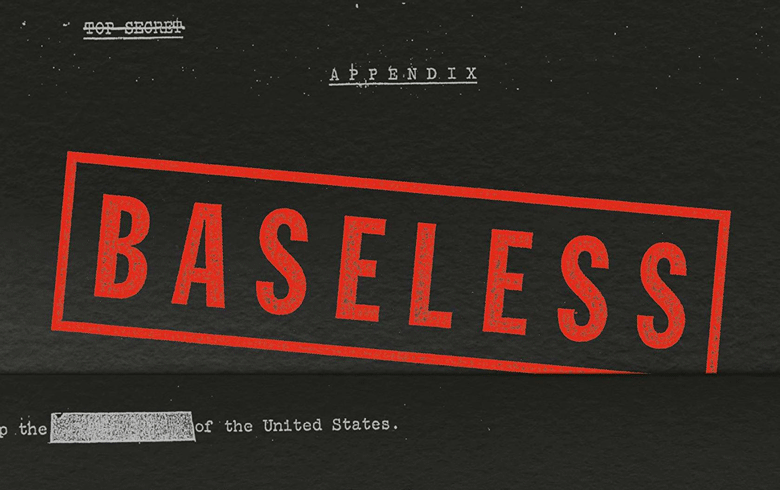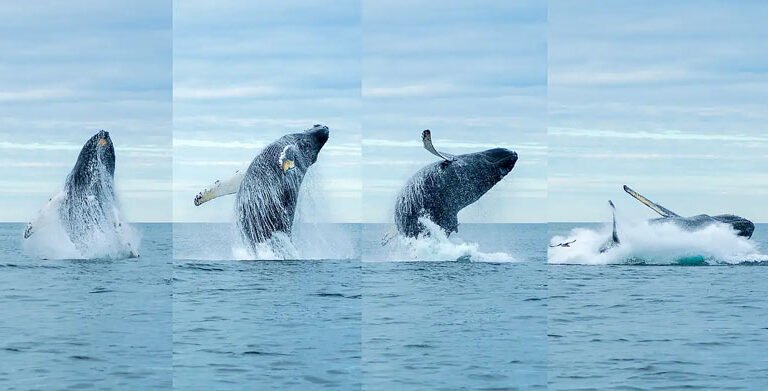Baseless: My Search for Secrets in the Ruins of the Freedom of Information Act
By Nicholson Baker; Penguin Press, 2020
One of my many unproven cultural theories that hasn’t changed much for decades goes like this: In 1914 the world went insane. It showed no signs of recovering until the 1960s. The peculiar paranoid-fantasy form of insanity plaguing our country recently, if you ask me, is echoing the collective psychological damage done to America from the Depression, through the stupendous nightmare of World War II and its spawns, the Cold War and Vietnam War.
As if an unsubstantiated hypothesis like this wasn’t troubling enough to carry around for so long, I had the misadventure this winter to run into a book overflowing with copious evidence that probably I’ve been right all along.
The story is so weird and has so many gaps it’s worthy of QAnon fantasy.
Baseless: My Search for Secrets in the Ruins of the Freedom of Information Act is the product of Nicholson Baker’s ten-year effort to answer the question: Did the United States ever use biological weapons against its enemies?
Baker, the mild-mannered reporter and novelist who now lives somewhere within sight of the Penobscot River in Bangor, or possibly Veazie, I’m not sure which, titled his book after the U.S. Air Force’s Korean War-era program “Project Baseless,” whose aim was “to achieve ‘an Air Force-wide combat capability in biological and chemical warfare.’”
It turns out that not only the Air Force, but seemingly every Cold War nook of the U.S. military was interested in developing biological and/or chemical weapons and delivery systems. The question in all this is not whether such weapons existed, but whether they were ever used.

The story is so weird and has so many gaps it’s worthy of QAnon fantasy. The weirdness is in the information that is available (more on this in a moment); the gaps arise from the Kafka’s-castle-like world of redacted and access-stonewalled national security documents. In fact, it’s all so weird and has so many tendrils whose links cannot be documented that Baker gave up trying to work out a conventional book-length narrative and wrote up what he had in the form of a diary spanning March to May 2019.
Each day’s entry contains information that falls roughly into three categories: 1. information about biological warfare (BW) programs of the U.S.; 2. information about the people in the programs; 3. the immense and various difficulties of finding the information. (There is a fourth rail in these entries, too, which other reviewers complained about but which I found refreshing because almost everything else in the book is insanely depressing: short passages describing Baker’s tranquil home life with his wife and dogs in Bangor (or Veazie). (Or possibly Orono.)
Every page reveals facts about BW so crazy you can barely believe your own reading eyes. Documents show that research programs involving plague, cholera, Q fever, anthrax, botulin, and Songo fever, which has symptoms similar to Ebola, were all researched for possible use on humans. Poisons and diseases for destroying agricultural crops on large scale were researched.
Delivery systems were experimented with, from aerosols to insects, spiders, and springtails to turkey feathers dusted with poisons, then to be dropped in the same bombs used to distribute propaganda leaflets.
Systems were secretly tested on Minneapolis, St. Louis, Florida’s coast. San Francisco reeked for a week in September 1950 when “experimenters made six pretend attacks” by spraying aerosols with stand-in bacteria for anthrax and tularemia all around the city.
Mysterious outbreaks of diseases with effects exactly matching those of some of the researched crop diseases occurred in Hungary and Romania. All kinds of people got sick in a localized belt along the 38th parallel in Korea in late 1950. China and Cuba separately claimed the U.S. was responsible for crop diseases there. The U.S. vigorously denied all allegations. No wonder 1950s SF films exude paranoia.
We learn that Willy Burgdorfer, the scientist credited with discovering the bacteria responsible for Lyme disease, was a tick expert who worked at the Rocky Mountain Laboratory in Montana, which had contracts with the Army’s Fort Detrick in Maryland, where full-scale BW research was conducted. Aviator hero Jimmy Doolittle secretly backed BW. Military R&D wizard Vannevar Bush. Gen. Nathan Twining. CIA mastermind Frank Wisner, who blew his own brains out in 1965.
Journalists, including Seymour Hersh, have picked at the Gordian knots of documents concerning BW, and Baker frequently acknowledges their work, even getting direct help from some. He appreciates the well-meaning but administratively handcuffed assistance he received at, for example, the National Security Archives and the Library of Congress. But the wake of the post-war secrecy ethos remains, seven decades later: The Freedom of Information Act, Baker indicates, gets you only so far, and often nowhere.
“The edges of old secrets are blurred and the middle is spongy and there are frangible bits of recorded truth spread around in the secrets like pieces of thin ceramic.”
The U.S. researched, developed, and tested biological weapons and delivery systems. A number of enemy countries complained about effects that some of the exact weapons under research would produce. But whether the U.S. actually used them, is not known definitively.
How Nicholson Baker spent ten years researching this demented historical cranny without going crazy, I don’t know. My favorite books of his are The Mezzanine, an entire novel covering a man’s thoughts during a few minutes on an escalator, and Room Temperature, an entire novel covering a few minutes in a man’s afternoon caring for his baby. He wrote those books while he was living in South Berwick. Now I think he lives in Bangor. Or Orono. Or maybe Old Town. I can’t find anything that says so definitively.
Dana Wilde is a member of the National Book Critics Circle.





